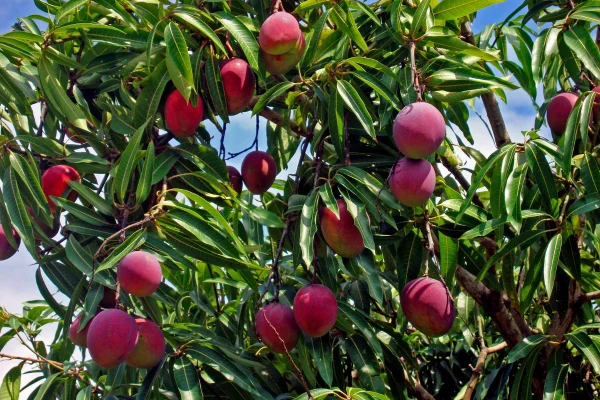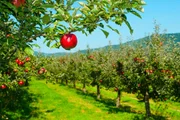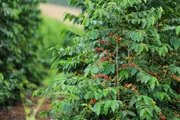Spring: Biologist reveals three trees that produce more with pruning

It seems simple, but pruning can mean more harvest. And when it comes to fruit trees , proper pruning—done at the right time—is practically a production secret. According to biologist Fabiano Soares , mango, apple, and coffee trees are among the species that benefit most from this practice.
"Almost all fruit trees respond well to pruning, as long as it's done technically," he explains. "It redirects the plant's energy to where it matters: the branches that will actually bear fruit." Pruning also improves light intake, reduces disease, and stimulates new, more fertile shoots.
✅ Click here to follow the Metrópoles Vida&Estilo channel on WhatsApp
See 3 trees that benefit from pruning: HoseAccording to Fabiano, mango trees tend to produce better fruit after pruning and forcing. "This pruning helps the plant concentrate energy on the most productive shoots," he explains. The result? More mangoes, and better quality.
Apple treeIn the case of apple trees, proper pruning stimulates the formation of flowering buds, which will later produce fruit. "It's a species that relies heavily on pruning to maintain consistent production," says the biologist.
Coffee treeAlthough it's a shrub, the coffee plant is a classic when it comes to pruning. A technique called skeletal pruning helps renew the plant. "We remove exhausted branches and stimulate the growth of new, more productive ones," explains Fabiano.





Hose
Wagner Campelo/Getty Images
Apple tree
S847/Getty Images
Coffee tree
Christyam de Lima/Getty ImagesPruning has a direct effect on redirecting photoassimilates, or everything the plant produces via photosynthesis. By cutting unnecessary branches, the plant can concentrate carbohydrates and hormones in the right spots, increasing production potential.
Another point is controlling apical dominance, which causes the plant to grow upward, preventing lateral development. By removing the top part (the apical bud), the production of auxin, a hormone that blocks the growth of lateral branches, is reduced. "This causes the plant to branch more laterally, and these new branches can become fruit," says Fabiano.
Furthermore, pruning improves the incidence of light and ventilation within the canopy, which promotes photosynthesis and also reduces the risk of fungal diseases.
What NOT to do:Poorly pruned trees can compromise their health. Fabiano advises some essential precautions:
- Avoid drastic pruning outside the dormant period
- Never remove more than 25% to 30% of the canopy at one time.
- Make clean, slanted cuts to avoid water buildup.
- Use sanitized tools to avoid transmitting diseases
- Prefer to prune in late winter or early spring.
- Formative pruning: done in the first years of the tree's life, it helps to structure the crown and makes harvesting easier.
- Fruit pruning: immediately after harvest, removes exhausted branches and encourages new shoots.
- Cleaning pruning: removes dry, diseased or crossed branches, improving the health of the plant.
Sometimes, what separates a tree full of fruit from one that just takes up space is good pruning—done with technique, care, and at the right time. "It's a simple way to help the plant do what it already wants: produce," concludes Fabiano.
metropoles





